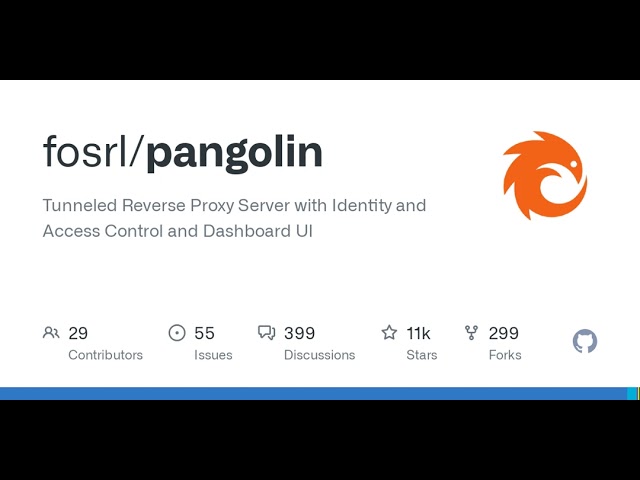Ruby on Rails Expert & Technical Leader | 7+ Years Building Scalable Applications
Full-Stack Developer specializing in performance optimization, team leadership, and end-to-end product ownership. Experienced with modern tech stacks, global remote collaboration, and delivering high-impact solutions.
You can find my social media or resume below.




